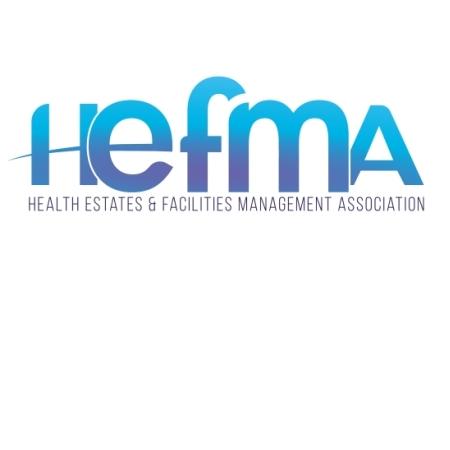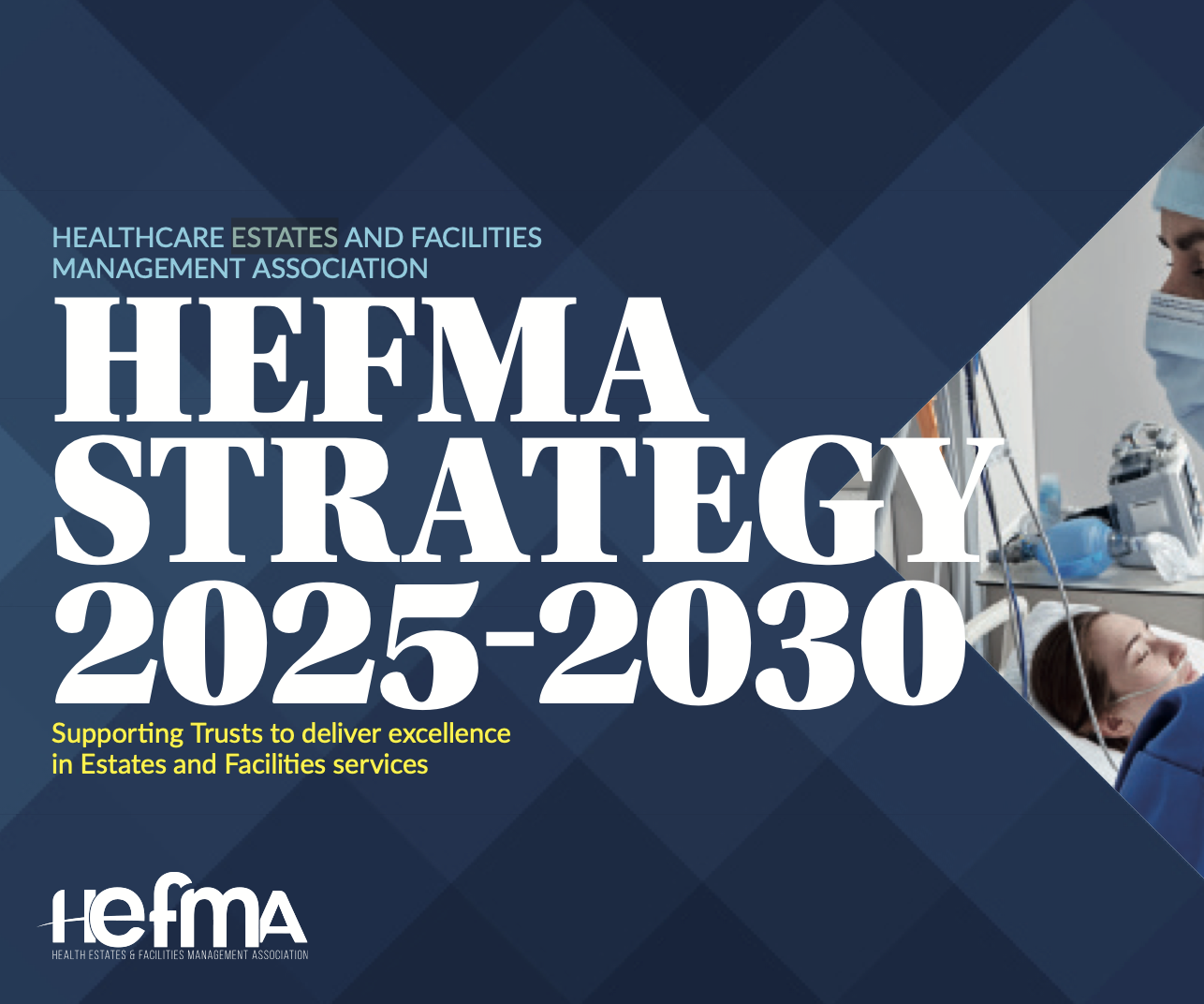Loosening the Treasury purse strings to provide £1.8bn of new capital is not enough to stop the rot in the NHS’s crumbling estate, fears Jane Renton.
No-one ought to look a gift horse in the mouth, let alone kick the old nag for making what looks like on the surface, a kindly, if not ungenerous offer of £1.8bn of capital investment. Around £850m of the money provided by Boris Johnson’s new government is to be used to upgrade 20 hospitals across the country with the remaining £1bn directed towards the frontline, for new beds, updated equipment, upgrades to wards and lastly, but hopefully not least, for building repairs.
Despite initial insistence by Health Secretary Matt Hancock that the money was “new”, that appears to be a rather novel interpretation, or is perhaps even guilty of being economic with the realité.
The realité in this case is that it seems that Simon Stevens, the NHS’s Chief Executive was able to persuade the government to relax the CDEL (Capital Departmental Expenditure Limits) imposed by former Chancellor Philip Hammond, something that has restrained the NHS in a vice-like grip for the past four years. That allowed for a degree of easing of money already saved by some Trusts.
“The Department of Health is pushing the bounds of credibility to the limit by claiming this is somehow new money,” argues Roy Lilley, Health Policy Commentator and a former NHS Trust Chairman.
That money saved from revenues was supposed to have been returned to Trusts as capital to spend on improving the infrastructure - only it was realised that the amount saved exceeded the CDEL limits and the Treasury, under Mr Hammond, would not let them have the money back, effectively breaking an earlier government pledge.
“It’s a bit like touching someone up for a tenner on Tuesday, paying some of it back on Friday and then congratulating yourself for being so generous,” Roy told Pulse.
That’s a view shared by several HEFMA members and also by Sally Gainsbury, a Senior Policy Advisor at the Nuffield Trust. She says the £1bn matches a pot of cash that NHS Trusts had already earned last year in return for stretching their efficiency measures to breaking point. They did so on a subsequently “broken promise” that they could invest it.
“The truth is that NHS leaders across the country won’t see this billion as extra funding, but rather the removal of a freeze on cash they already have,” she wrote recently in the Guardian newspaper.
That view has already been confirmed by none other than Julian Kelly, Chief Financial Officer of NHS England as well as of NHSI. In a letter to NHS Trust Chief Executives and Trust Chief Financial Officers, he confirmed that £1bn of the additional spending in 2019-20 would be met through Trusts’ own income and reserves or where the Department of Health and Social Care had already approved the business case or funding for programmes.
Originally Mr Kelly had told Trusts to shave 20% of their original 2019-20 capital plans, or an estimated £950m. Following the latest easing up of money, the remaining £850m of the total £1.8bn announced by the Prime Minister has been allocated to the designated 20 capital schemes over the next five years.
Will it make a difference?
With more than three quarters of the money raised from NHS property sales going into day-to-day operational revenues, rather than into capital investment as initially intended, this loosening of capital spending is unlikely to make a real difference to the overall quality of the NHS estate.
The view amongst the HEFMA leadership is one of increasing frustration: “Both the quantity and quality of change needed is just not going to happen without something more meaningful,” said one senior manager, referring to the £14bn of Trust debt that the government has warned it is not going to write-off.
“The government is struggling to balance its books and so too are Trusts. Any loosening of capital spending limits is not necessarily going to result in the release of money to do up the estate,” he adds.
One of the intended 20 beneficiaries of the government’s first major policy announcement over the NHS is West Yorkshire and Harrogate Care Partnership, which also includes South West Yorkshire Partnership NHS Foundation Trust, which provides mental health services and support for people with learning difficulties. It has been allocated £12m of capital funding to implement a single, shared Laboratory Information Management System, something that will enable a single, system-wide approach for pathology across West Yorkshire and Harrogate acute hospitals. The money follows on from £270m of central capital to support eight schemes since the partnership was formed in 2016.
“Investing in our buildings increases efficiency and productivity. It’s also a huge morale boost for staff to work in modern facilities,” says Rob Webster, Trust Chief Executive as well as Chief Executive Lead of the care partnership.
Even Chris Hopson, the highly critical Chief Executive of NHS Providers, which has been calling for the end of the austerity measures in the NHS to improve its crumbling infrastructure and frontline services, welcomed the recent move.
“Frontline NHS providers will be able to spend £1bn in 2019/20 on backlog maintenance and their capital spend that they weren’t able to spend last week. By our definition that is genuine, new extra money,” he said.
More is needed
He did, however, make it clear that this release of capital should only be regarded as what he called “a first down payment” on a consistent, longer-term approach to rebuilding the NHS and creating the 21st century infrastructure, required by the organisation.
He and others have repeatedly stressed the outstanding £6bn maintenance backlog. Half of that backlog is believed to be safety critical, something that allegedly the Health & Safety Executive - if not the Treasury - is believed to be increasingly concerned over.
“It has been nine hard years of scrimp and save,” complains Chris Hopson, whose organisation negotiates with the government on behalf of NHS Trusts.
In a recent blog he talked about broken equipment and Victorian wards that were not fit for purpose. “A Trust I visited this year had to cancel vital cancer diagnostic appointments as one of its ageing scanners had broken down. Another was trying to treat seriously ill mental health patients on wards built in the 1840s. One had to crash close its intensive care unit as water poured down the walls due to a leaking roof,” he wrote.
Austerity measures have led to many Trusts scrambling to stay afloat, largely by raiding capital budgets, using asset capital to pay for day-to-day operational requirements, including money to pay for staff and medicines. Figures show that capital spending has declined by 7% in real terms over the past seven years, while demand for services has been growing steadily.
“International comparisons show that the NHS invests significantly less in capital than other developed countries,” claims Roy Webster.
Further investment across the system is essential and should include community-based alternatives for areas of care, he argues. They should include early help, supported living and better crisis care.
Where people do need care in hospitals, this should be backed with real investment in updating the NHS estate, so that every hospital ward offers a safe, caring environment,” adds Rob.
Attracting new money
But where will that new money come from? After all it is not just the government which is struggling to balance its books. Capital release invariably requires additional revenue funding, something that is in increasingly short supply.
“There is never going to be enough capital to address the £6bn backlog, which is arguably higher than the official estimates,” says Nick Hulme, Chief Executive of the recently merged East Suffolk and North Essex NHS Foundation Trust.
Some argue for new private capital to be re-introduced into the NHS, but PFI (Private finance Initiative) has already exerted a heavy toll in many areas of the health service. PFI, a legacy of the Tony Blair years, has left many hospitals saddled with unsustainable debt levels. In total there are believed to be around 700 active PFI and PF2 deals in circulation, at an estimated cost to the taxpayer of £199bn by 2040.
“Past experience has shown that the PFI is very expensive and serves only to make a few rich individuals even richer,” observes Nick.
His solution to the problem of capital allocation is for government and the NHS to adopt a far more strategic and transparent approach to capital allocation as well as the revenue implications of that new capital.
“We really do need to have a lot more system planning around capital and IT. It is simply not enough to just throw a few million at IT which could be obsolete by the time it is implemented,” he says.
Rather than working with the private sector, a better way forward would be to work with the STPs to leverage some of the opportunities that local authority partners have to borrow money more cheaply than NHS Trusts could.
Another approach would be to develop better ways to utilise existing estates as the police and fire services are already doing.
No-one likes to kick a gift-horse in the mouth, let alone governments allegedly bearing gifts, but for the time being it will be more of the same old make do and mend.










